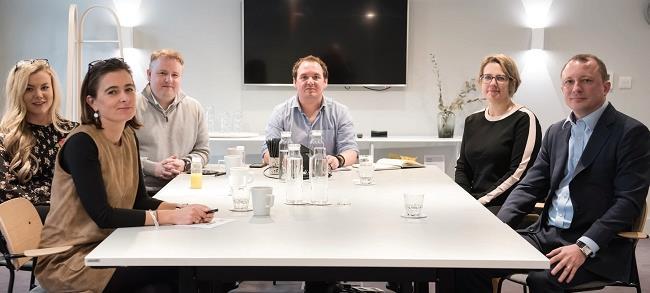Yardi Think Tank
Achieving Blended Living Success
Earlier this year, Investec published research showing that 91% of investors think ‘blended living’ schemes that incorporate a combination of build-to-rent (BTR), student accommodation, co-living, retirement living and/or serviced apartments will be commonplace in the UK within the next five years. Last month, Yardi and Property Week brought together a panel of residential experts to explore what makes […]
